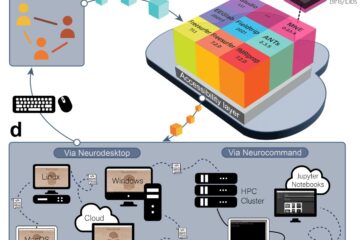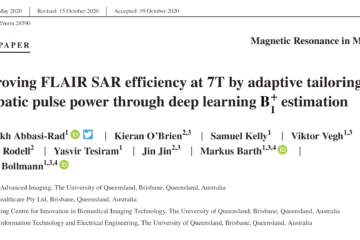Neurodesk paper published in Nature Methods
Our www.neurodesk.org paper was published in Nature Methods today: https://rdcu.be/dvqwU And we published a blog post describing why and how we developed this platform: https://communities.springernature.com/posts/reproducible-neuroimaging-for-everyone-behind-the-scenes-of-neurodesk 🧠 As researchers in neuroimaging, we often face hurdles with software installation and inconsistent results across different computing environments. But Neurodesk helps with that! ✨ Neurodesk is a Read more









